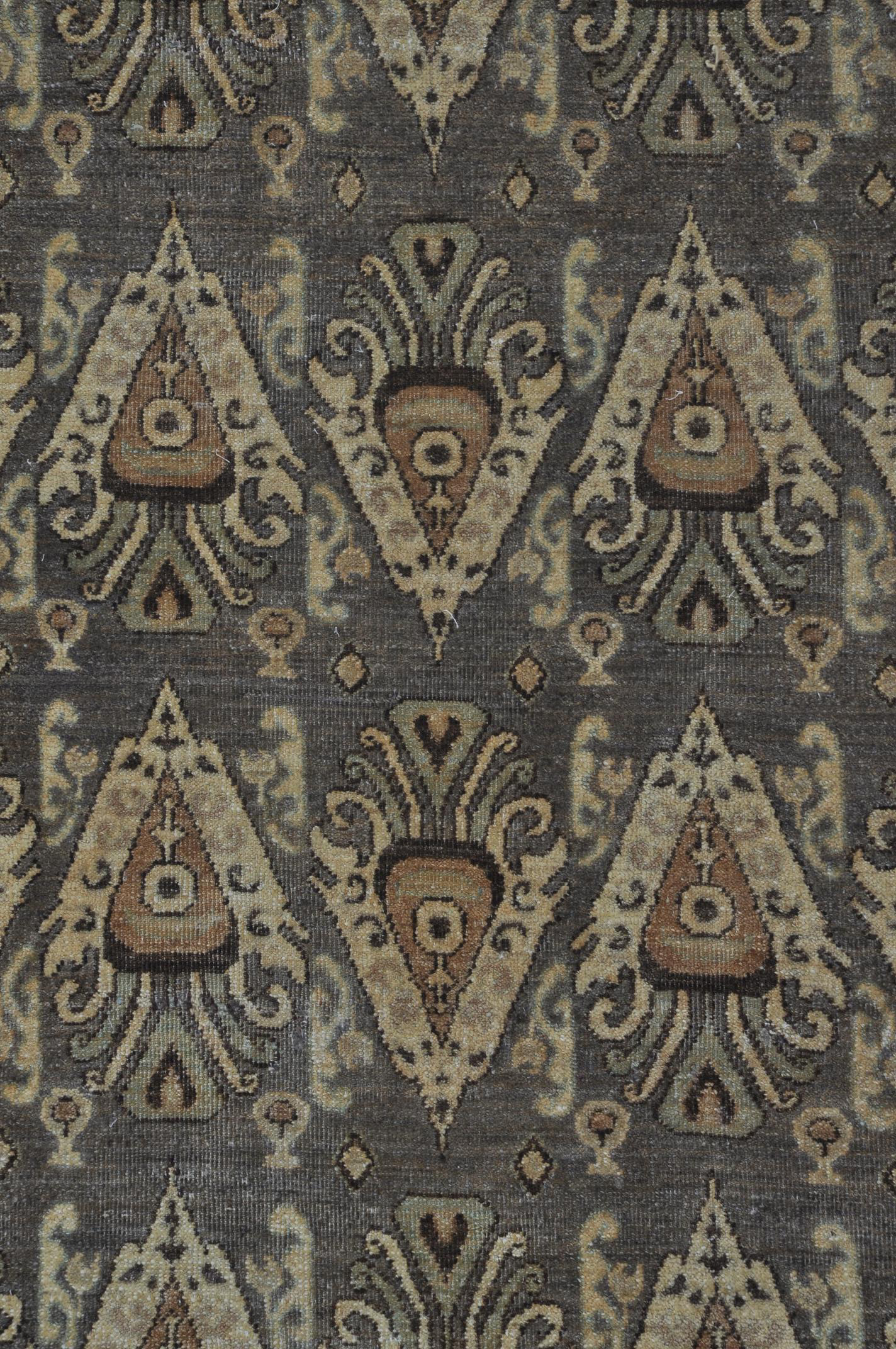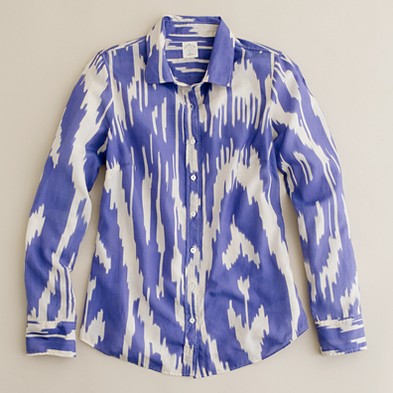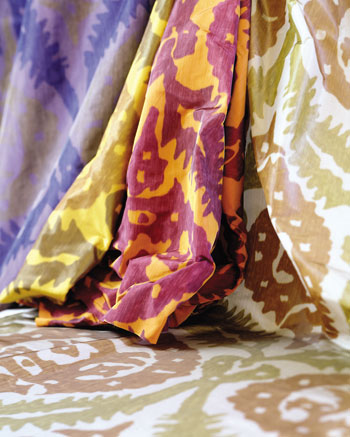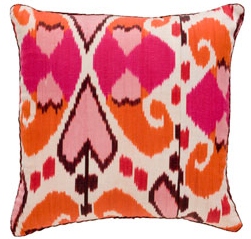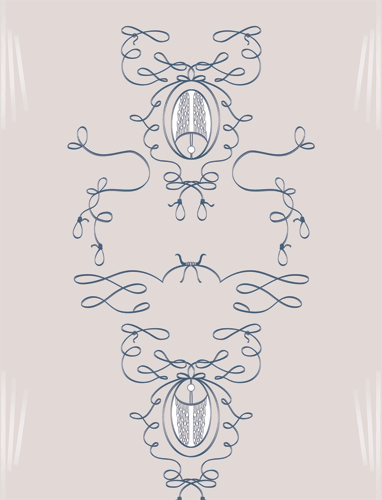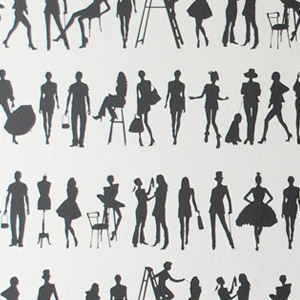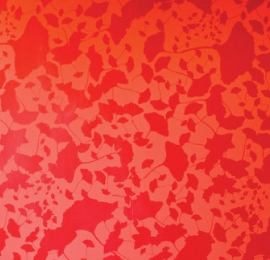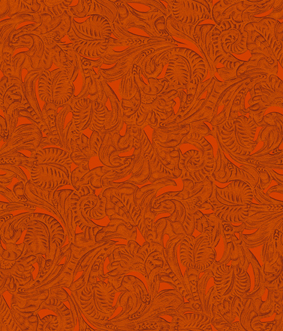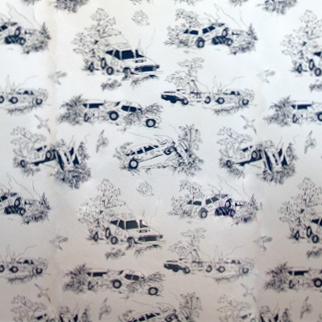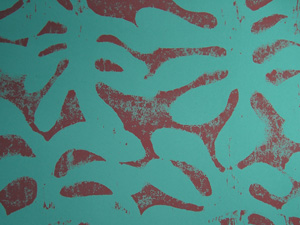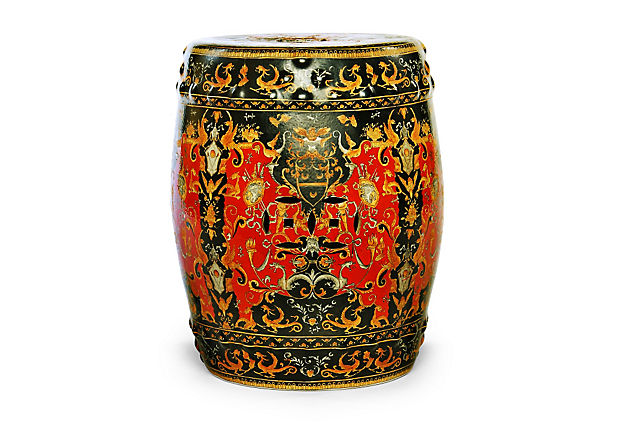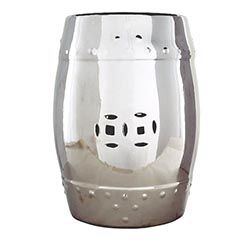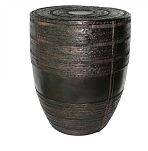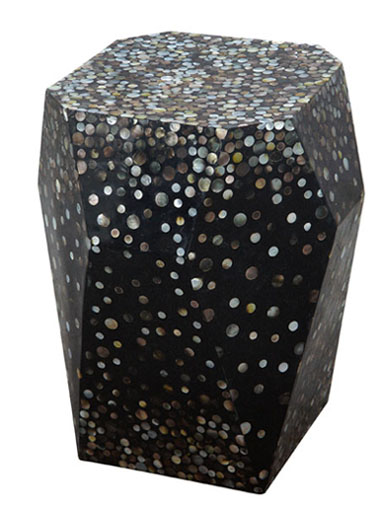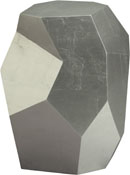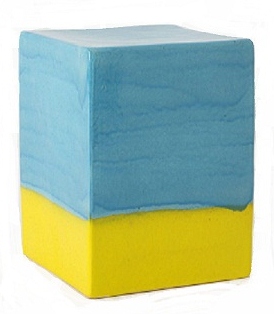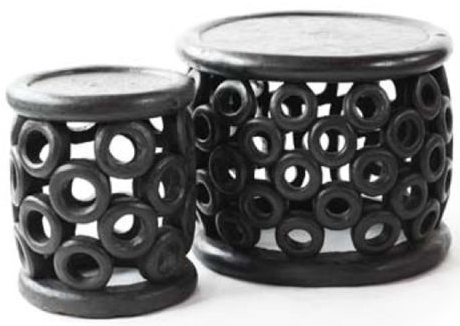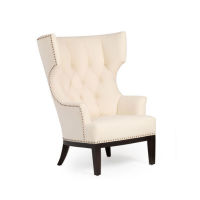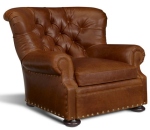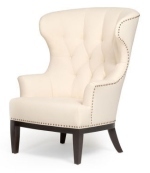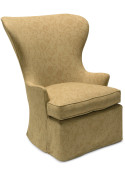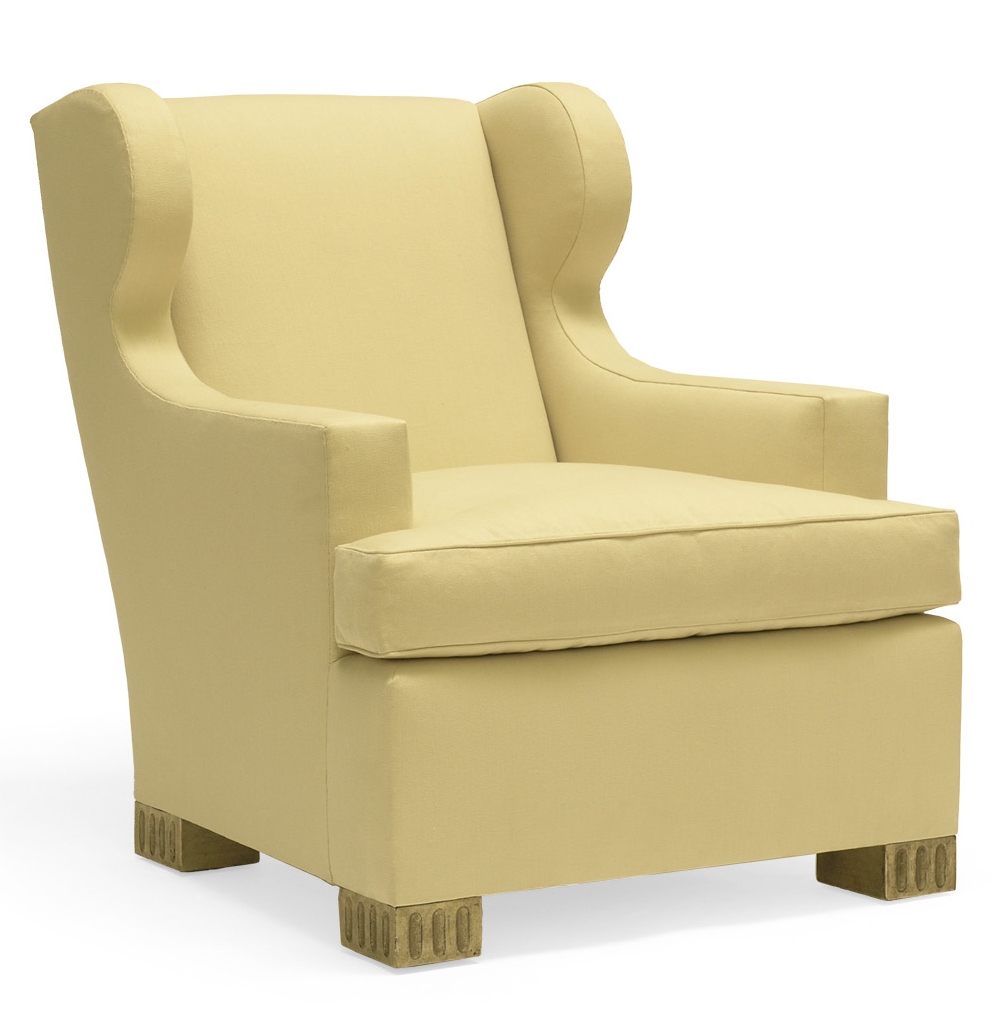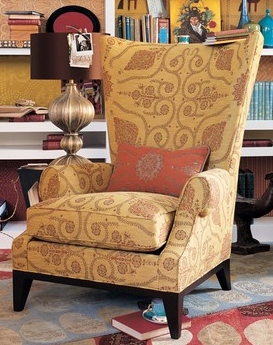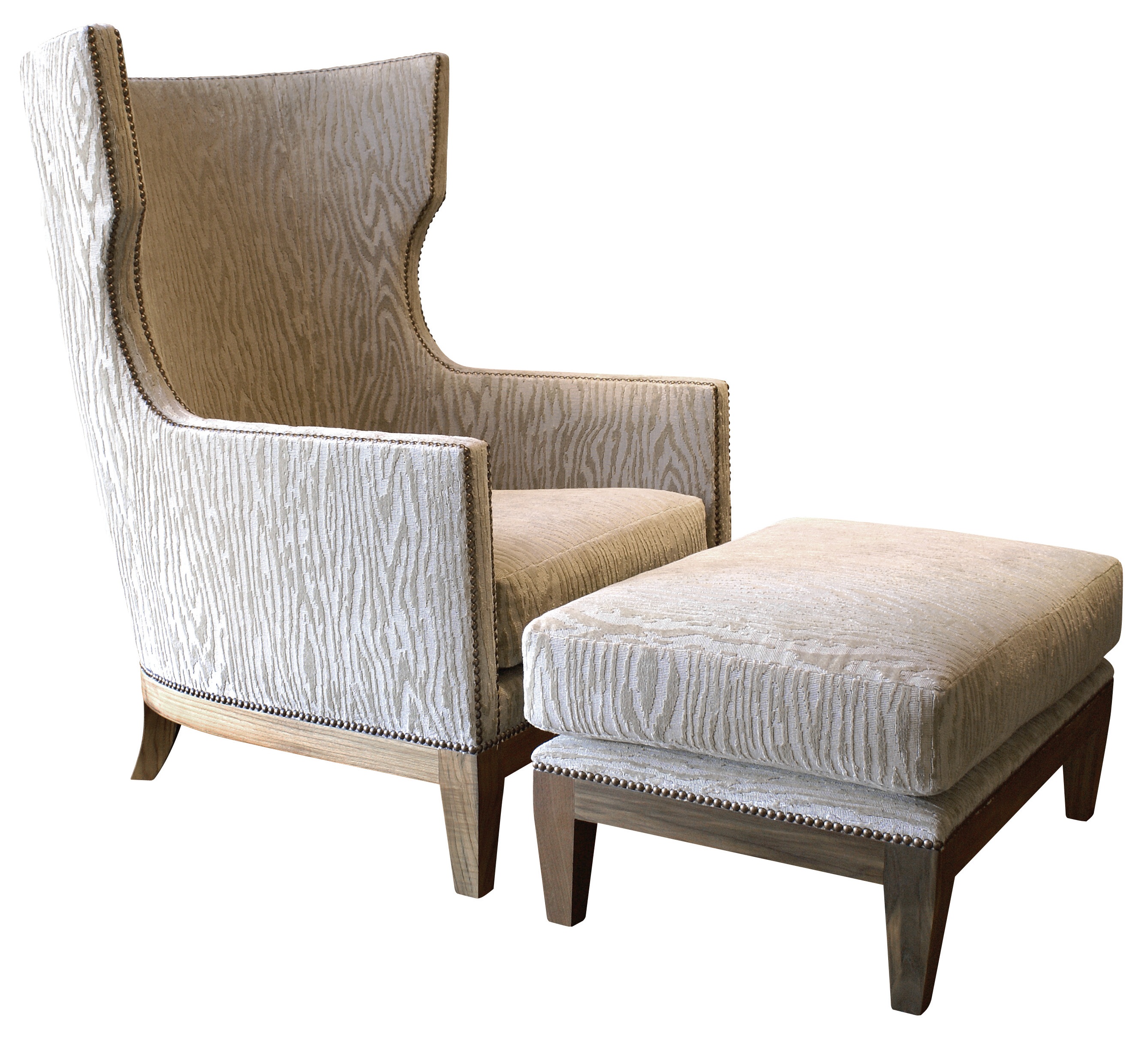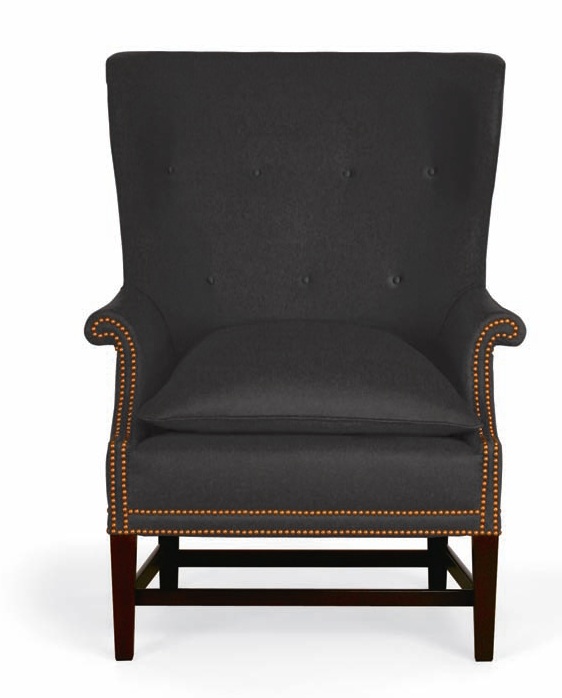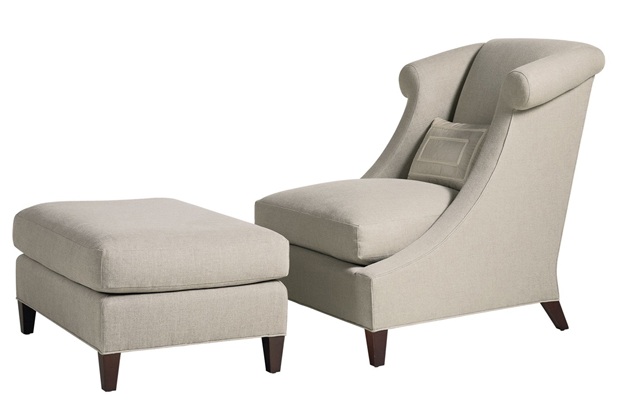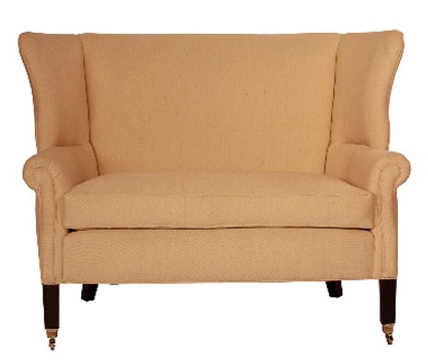Navy Blazers
 Tuesday, January 24, 2012 at 10:40AM |
Tuesday, January 24, 2012 at 10:40AM |  Laurie Gorelick Interiors
Laurie Gorelick Interiors My dad was in the menswear business: he designed and sold knitted shirts for a company that had its heyday in the '70s. The shirts were decent--good for their price point--but trendy and didn't last for more than a couple of seasons (whether due to workmanship or style is anyone's guess). One of the many lessons my dad taught me from his experience in the apparel business was to spend a little more and invest in well-made classic styles. He said, you can never go wrong with a navy blazer. This advice has always stuck with me and is one of my guiding principles as a designer.
I have many "navy blazers" in my "closet." [Note to spouse: I meant that figuratively, NOT literally.] One of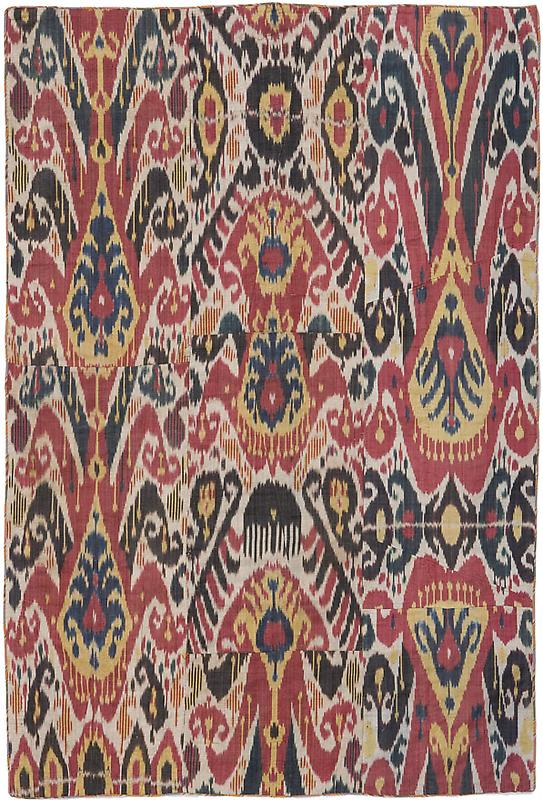 Circa 1870 Uzbekistan Ikat
Circa 1870 Uzbekistan Ikat  my all time favorites is ikat. Dating back to the first millennium, ikat is a textile which originated in central Asia. The word "ikat" stems from the Malay-Indonesian word “mengikat” which means “to tie” or “to bind.” Ikats' watercolor-like quality is achieved through a multi-step process beginning with a pattern. Based on the pattern design, the horizontal (weft) or vertical (warp) threads of the textile are resist-dyed in a process similar to tie-dying. With careful planning, the fibers are woven to create the complex pattern. Today many ikats are simulated without the complex dying process by using space-died yarns, by weaving with a jacquard loom or by simply printing the pattern onto cloth. But a true ikat is a beauty to behold.
my all time favorites is ikat. Dating back to the first millennium, ikat is a textile which originated in central Asia. The word "ikat" stems from the Malay-Indonesian word “mengikat” which means “to tie” or “to bind.” Ikats' watercolor-like quality is achieved through a multi-step process beginning with a pattern. Based on the pattern design, the horizontal (weft) or vertical (warp) threads of the textile are resist-dyed in a process similar to tie-dying. With careful planning, the fibers are woven to create the complex pattern. Today many ikats are simulated without the complex dying process by using space-died yarns, by weaving with a jacquard loom or by simply printing the pattern onto cloth. But a true ikat is a beauty to behold.
What I love about ikat is that it works in any decor from traditional to contemporary. Underlay furniture with a flat-weave ikat area carpet and you create a casual environment. Use a colorful ikat with luminescent fibers in draperies and you create drama. Ikat's pattern is strong enough to stand on its own mounted and hung as wall decor. Or simply take a piece and create a throw to lay on the foot of the bed. Instant classic! Daddy would be proud.
Ikat Collection by Azra Imports J.Crew Perfect Shirt in Wild Ikat
Ikat by Donghia Textiles Spice Market by Donghia Textiles
Sahana Ikat by Schumacher Madeline Weinrib Ikat Pillow






